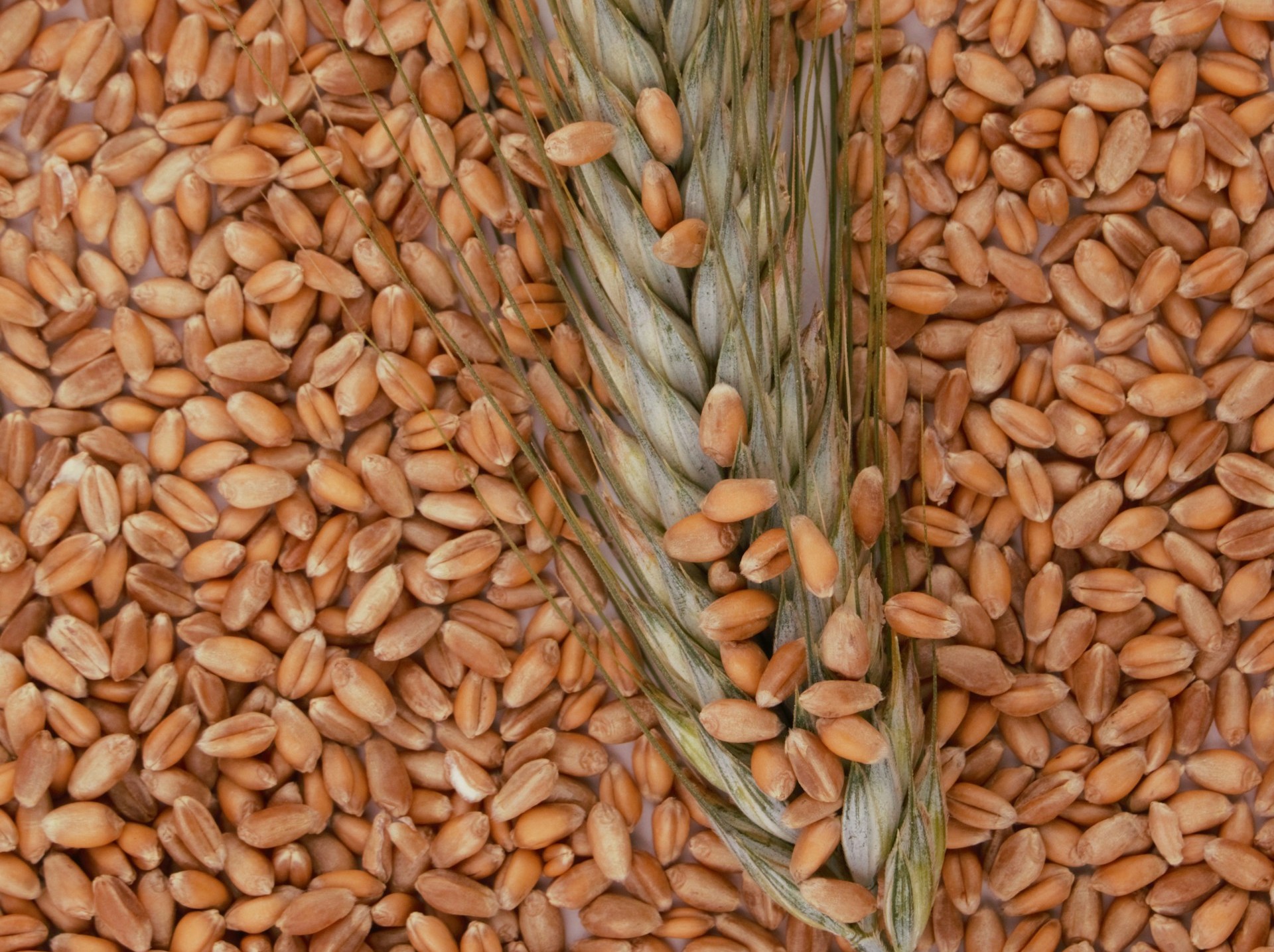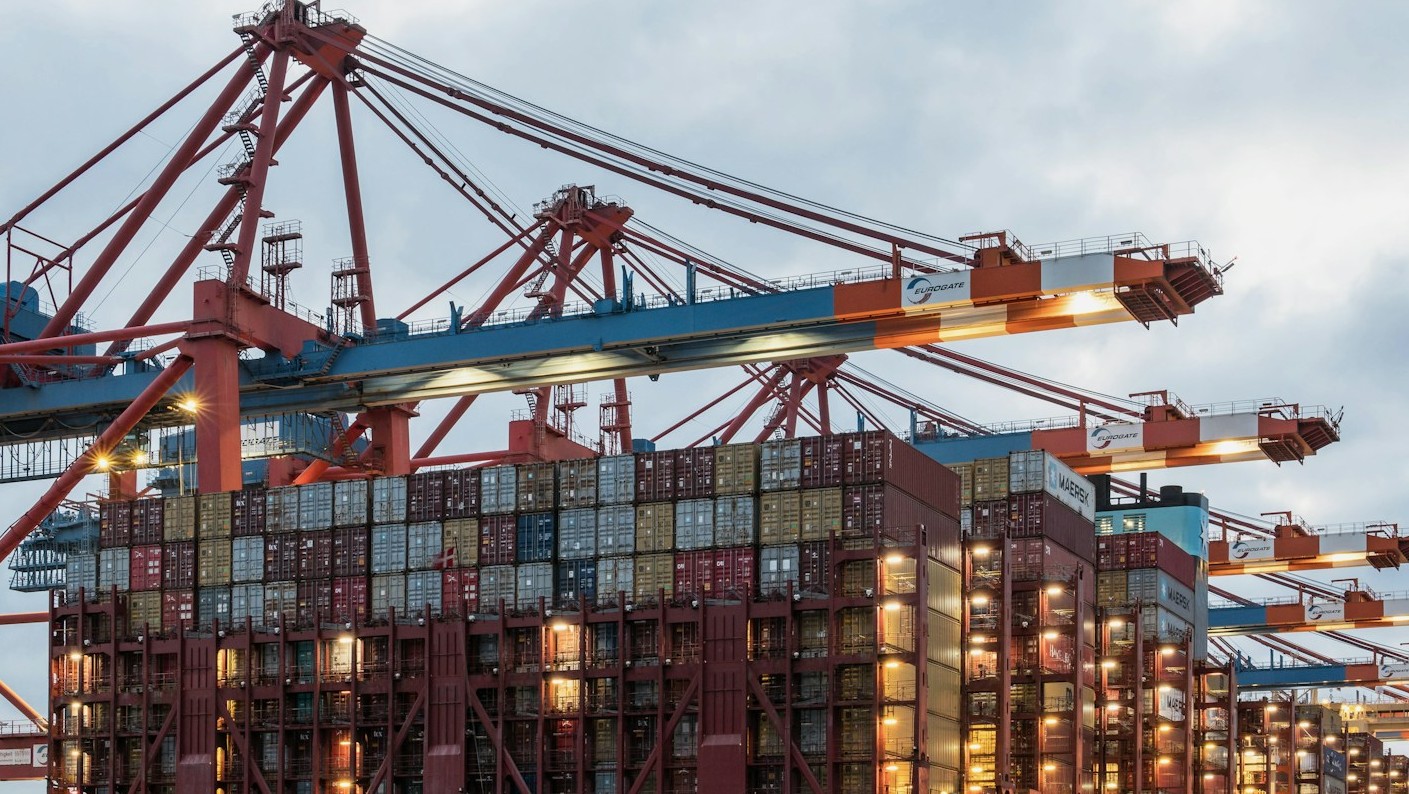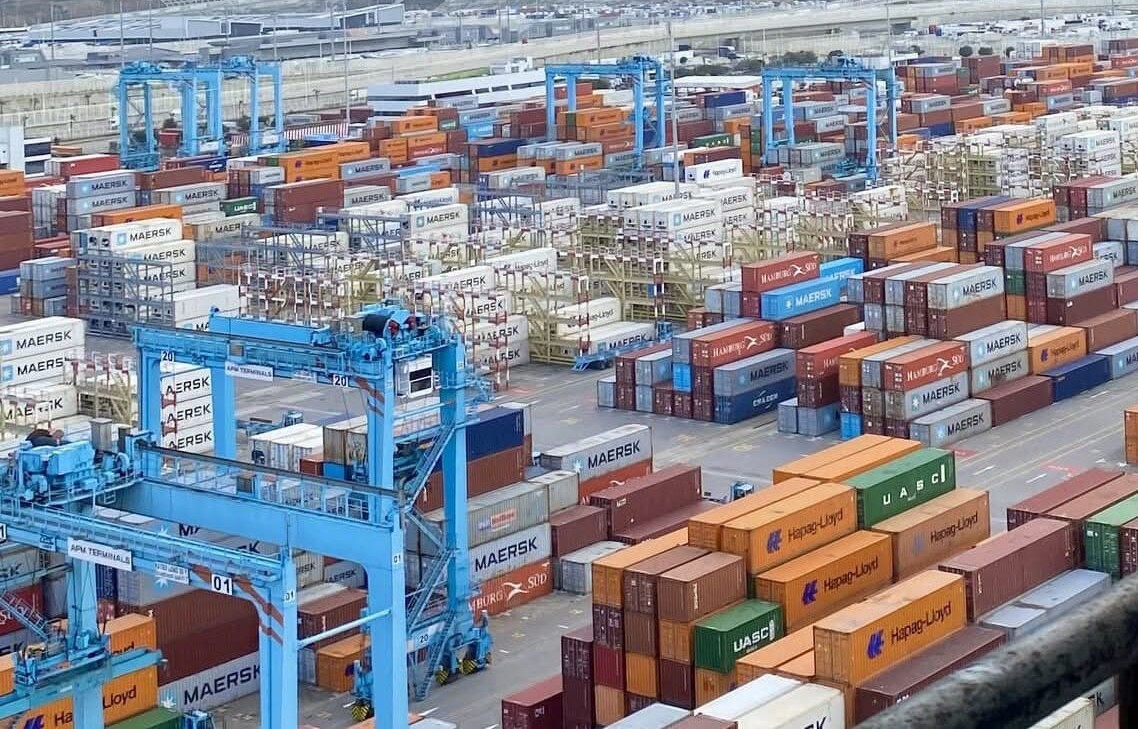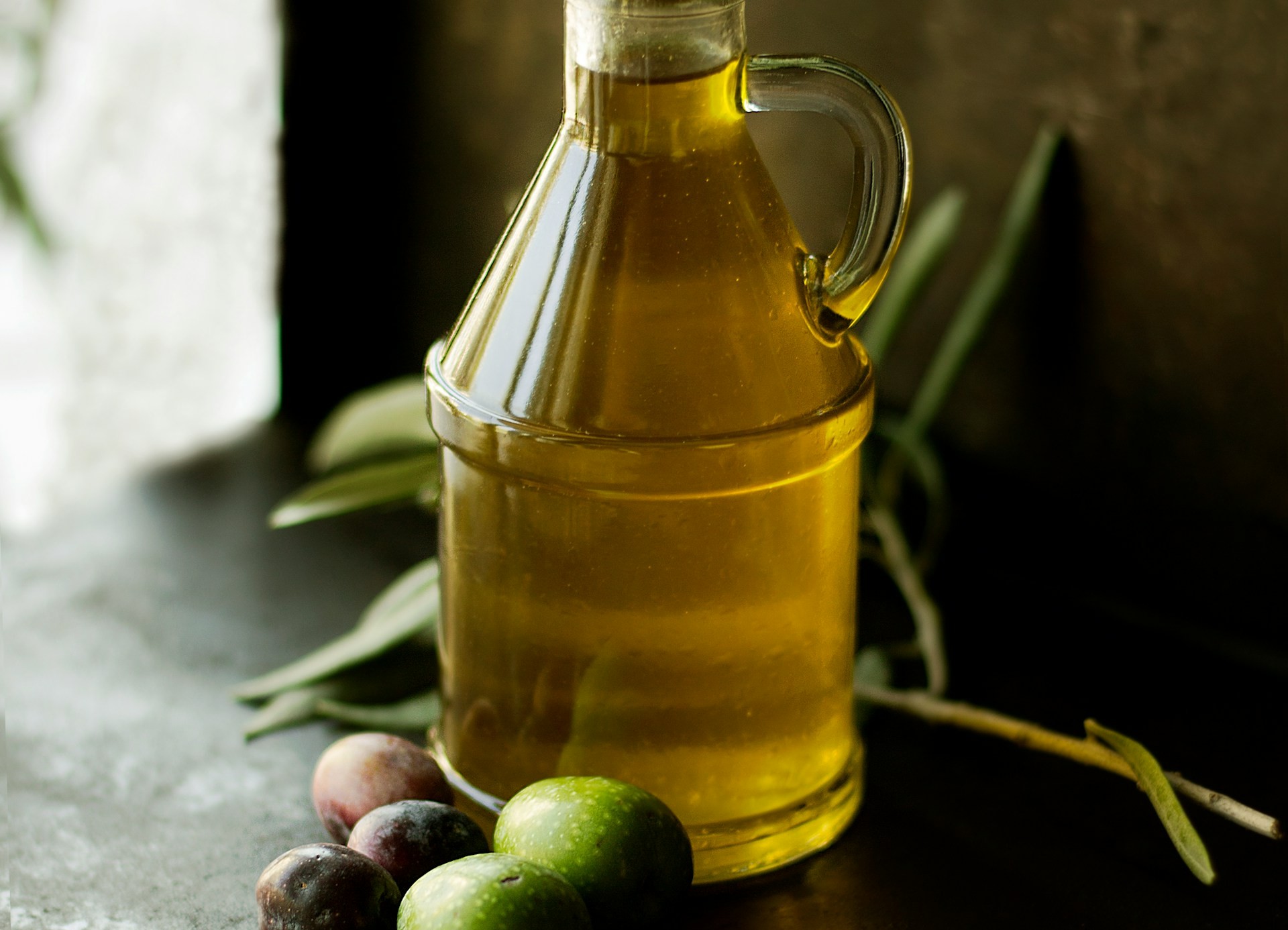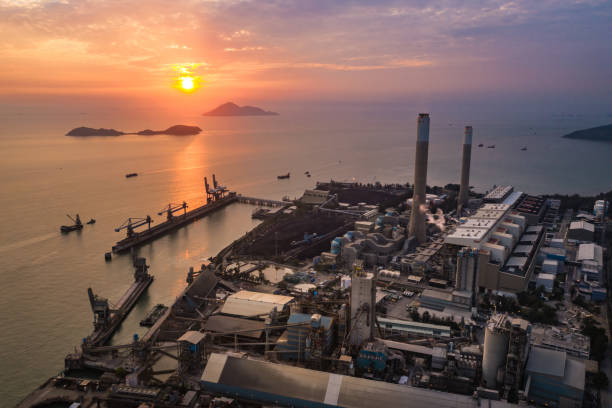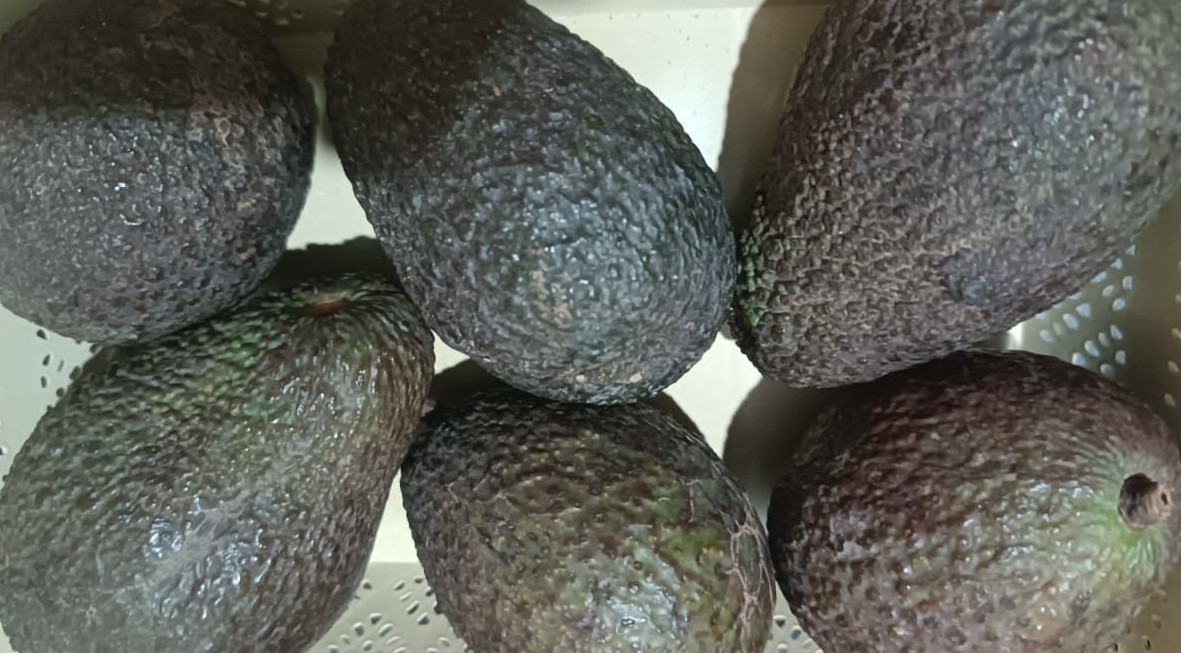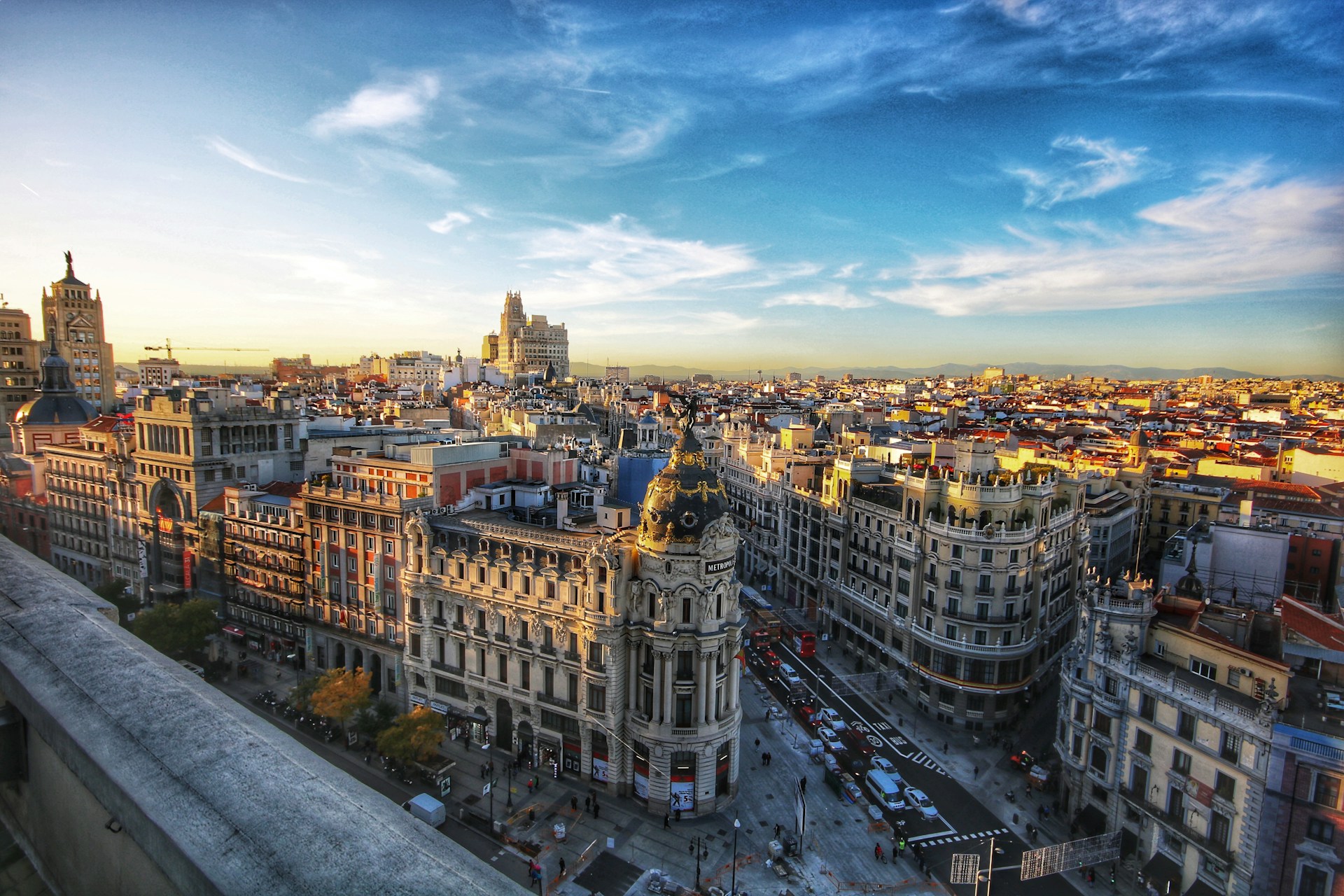Casablanca – Facing a significant decline in domestic olive oil production and record-high prices, Morocco has increasingly relied on Spanish imports to meet local demand. This shift reflects a broader strategy to stabilize the national market as producers struggle with limited yields and rising costs.
According to the Spanish Ministry of Agriculture, Fisheries, and Food, Morocco ranked 19th among the world’s top importers of Spanish olive oil during the first four months of the 2024/2025 season. Between October 2024 and January 2025, Morocco imported Spanish olive oil worth $13.4 million—an increase of 57% compared to the same period the previous season.
At the same time, Morocco exported approximately 736 tons of its own olive oil to Spain, sold at an average price of $215 per 100 kilograms. Meanwhile, Spanish consumers also received over 700 tons of Moroccan olive oil during this period, highlighting the growing volume of two-way trade.
Overall, Spain exported more than 273,000 tons of olive oil globally during the four-month span. The largest buyers were Italy, the United States, and France. Italy alone imported Spanish olive oil worth $579 million, followed by the U.S. at $288 million and France at $168 million.
On the import side, Spain brought in 87,143 tons of olive oil during the same period, at an average price of about $527 per 100 kilograms—or roughly $4.80 per liter. Portugal led the list of suppliers, exporting over 57,000 tons to Spain, which represented 65% of Spain’s total imports. Tunisia and Turkey also expanded their exports to the Spanish market, as did Morocco.
Morocco’s move toward increased imports has sparked debate among local stakeholders. Industry sources report that several Moroccan agricultural cooperatives received official authorization to begin importing Spanish olive oil in bulk, in response to limited domestic production. While this has helped balance the supply for local consumption, it has raised concerns among producers who fear losing market share to cheaper foreign oil.
The influx of imported olive oil is putting pressure on local olive mills and pressing operations. These facilities, which form the backbone of Morocco’s traditional olive oil industry, are being forced to reevaluate their production strategies in the face of tighter margins and stiff competition.
Prices in Moroccan markets have surged over the past year, with olive oil now selling at more than $11 per liter in many areas—more than double typical prices from just two years ago. This has fueled public frustration, especially in rural regions where olive oil is considered a staple food product.
In response, government spokesperson Mustapha Baitas clarified that Morocco’s olive oil exports consist of specific varieties destined for high-end international markets, and that local supply is not being compromised. However, many remain skeptical, particularly as export volumes to Europe continue to grow.
A recent report from the European Commission confirmed that Moroccan olive oil exports to EU countries rose to 841 tons during October and November 2024—up from 553 tons in the same period a year earlier. Exports of Moroccan table olives also reached nearly 12,000 tons between September and November 2024.
As Morocco navigates this complex situation, balancing international trade with domestic supply remains a delicate task. While imports may ease short-term shortages, long-term sustainability will depend on investments in local production, improved irrigation, and strategic support for olive farmers and mill operators.
The future will be critical in determining whether Morocco can maintain its olive oil heritage while adapting to new global pressures. For now, the Spanish market remains a crucial support in navigating this challenging season.
